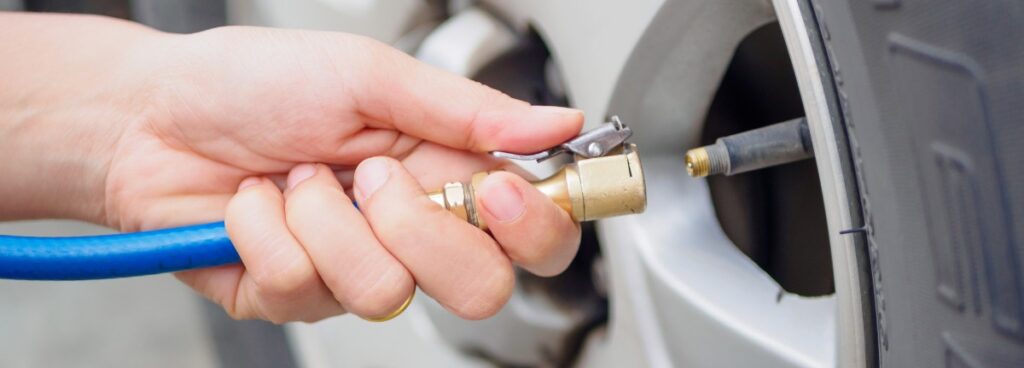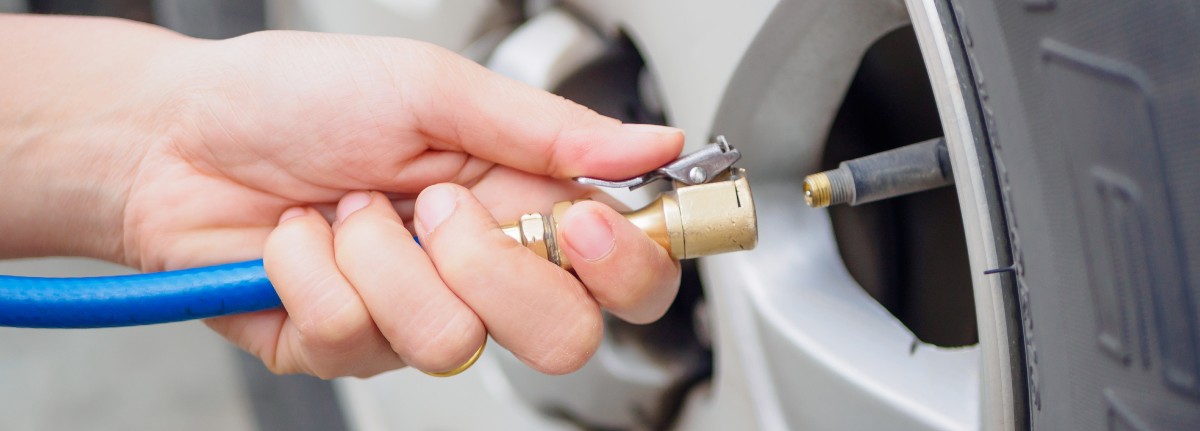How Drivers Could Be Found at Fault for Poor Vehicle Maintenance

Most car crashes are the result of negligent actions in the moments before impact. There are also accidents that result from negligence in the days or weeks before the collision occurred. For example, failing to add air to your tires or fix a broken taillight could result in a dangerous accident.
Failing to maintain a vehicle so it is safe to operate can be a reason to hold a driver liable for damages that result from a crash. In a legal case, you would need to prove the other driver failed to take reasonable steps to properly maintain his or her vehicle and that this negligence directly resulted in the crash.
Building a strong car crash case for poor vehicle maintenance is a complex task that should be left to an experienced attorney. Our Cleveland-based car accident lawyers have been representing car crash victims for decades, helping them to obtain compensation for medical expenses and other damages. At Friedman, Domiano and Smith, there are no upfront costs for our services.
Need help with a car crash claim? Call us: 216-621-0700.
What is a Driver’s Duty of Care?
All drivers owe a duty of care to the other drivers they are sharing the road with. That means drivers must take reasonable action to prevent an accident. Failing to take reasonable action can be considered negligence, and negligent drivers can be held liable for damages caused by a crash.
There are numerous examples of taking reasonable care as the driver of a car. For example, obeying traffic laws is a reasonable step all drivers can take to lower the risk of a crash. It is reasonable to expect one driver to follow the law because all other drivers are expected to follow the law.
Drivers also have a duty of care to make sure their vehicles are safe to operate. For example, drivers need to make sure their headlights and taillights work. If one or both of a car’s taillights are out, trailing drivers will not get an adequate warning that you are slowing down.
If a driver ignores a check engine light, problems with a vehicle’s brakes or underinflated tires, the risk of a crash is even greater. For example, an underinflated tire could burst while on the road, causing the driver to lose control of the vehicle.
When is a Vehicle Safe to Operate?
This is one of the most important questions in a claim that involves a poorly maintained vehicle. If the vehicle was not safe to operate and a crash resulted, the driver of that vehicle is likely to be found at fault for the damages.
Your attorney needs to carefully investigate whether the vehicle was unsafe to drive. To do this, your attorney may gather maintenance records to show the driver neglected repairs or routine services, such as replacing worn brake pads.
Your lawyer may also decide to bring in an accident reconstruction expert to determine the cause of the crash. He or she can determine if a mechanical issue was present before the crash or if it was the result of damages the vehicle suffered during the collision.
Examining vehicle crash damages may help your attorney to identify the cause of the accident. For example, if the victim’s vehicle suffered significant damage, it may mean the crash occurred at high speed. When you combine this detail with a lack of skid marks left by the at-fault driver’s vehicle, it may indicate failing brakes.
Vehicle Components That Need Routine Maintenance
There are many vehicle components that need routine maintenance, but some may be much less likely to increase the risk of a serious crash. For example, you need to occasionally replace worn windshield wipers, but old wipers may not increase the risk of a crash as much as failing brakes or broken headlights or taillights.
Brakes
If your brakes are not functioning properly, it will be harder to slow down or stop quickly to avoid a hazard. Over time, the components in your brakes wear down and need to be replaced. If you do not replace these components, your car may be unsafe to drive.
If you bring your car in for routine maintenance, and the repair shop follows the maintenance schedule for your vehicle, your brakes should remain in good working condition. However, drivers should still take note of noises when they apply the brakes. For example, grinding, squealing or squeaking noises are not normal and may indicate a problem with your brakes.
If an attorney can prove the at-fault driver knew there were brake problems and ignored them, and these problems directly led to the crash, then liability may be assigned to that driver.
Tires
Every few years, you will probably need to replace the tires on your vehicle. Your tires can only withstand so much wear and tear before it becomes dangerous to drive on them. After the treads wear down to a certain point, it becomes much harder for your tires to gain enough traction on the pavement. This can make it difficult to slow down or stop, particularly in rainy or snowy weather.
You also need to ensure your tires are properly inflated – an underinflated tire could blow out, causing you to lose control of your vehicle. Many newer vehicles have tire pressure monitoring systems that alert you when the pressure is low. You can easily add more pressure with an air pump at a gas station. Your vehicle’s owner’s manual will tell you how much pressure all four tires need. You can also stop by an auto repair shop and ask them to add air. They may even add air for free, so the whole thing can be done quickly.
However, overinflated tires are dangerous too. An overinflated tire could also blowout, resulting in a dangerous collision.
Lights
There is a reason the police pull people over for driving with broken taillights. Even during the daytime this can be dangerous. However, the danger increases at night, when it is much harder to see the back of a car unless the taillights are illuminated.
Sometimes drivers forget to turn their lights on at night, but there are also times when a headlight may have a blown fuse and may not be working. If a driver causes a crash and his or her headlights were not working, it is highly likely that driver will be found at fault.
If a driver’s taillights were not working and he or she got rear-ended by another driver, you would need proof the driver knew about the broken taillights. For example, your attorney may be able to find out if the driver was previously ticketed for driving with broken taillights.
Contact Our Firm to Schedule a Free Consultation
It may seem like recovering compensation for your car crash will be relatively simple. It may seem clear to you the other driver is at fault and you can prove you are injured and seeking treatment.
The problem is the insurance company will be looking for some way to deny your claim, or at the very least, underpay it. Without an attorney’s help, the insurance company may be more likely to succeed.
The attorneys at Friedman, Domiano and Smith are available to discuss your claim. The initial consultation is free. If you hire our firm, we do not charge any upfront fees for our services.
We are ready to help you seek compensation. Contact us at 216-621-0700.
Comments are now closed




Comments